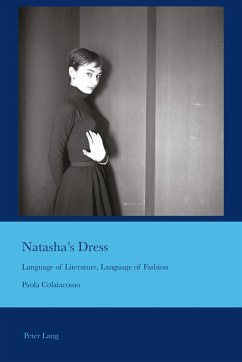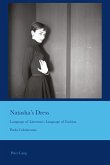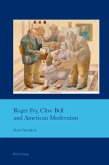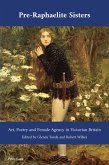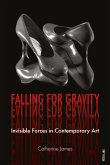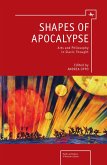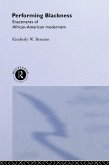This book explores interconnections between high literary modernism and the revolution in dress design of the early twentieth century. During this time, new and «liberated» lifestyles created a bond among figures as diverse as writers and fashion editors, painters and art critics, photographers and models, dancers and economists - all of whom were in different ways looking at new «inventive clothes» (Vreeland) as life experiences.
Starting points of the research are Pirandello's One, no one, and one hundred thousand, where the protagonist's disowning of his own image in the mirror ignites a tragedy, and Roger Fry's essays on the resuscitation of Victorianism at the end of the First World War, where the phantasmagoria of time is identified as the basis for modern illusion.
Each chapter in the book explores a different facet of the same topic: the distance between self and image as the dispenser or destroyer of enchantment. This issue was actively pursued by philosophers (Benjamin), writers (Woolf, Mansfield, Fitzgerald), photographers (Man Ray, Cecil Beaton) and fashion critics (Vreeland). The evolution in fashion editing was meanwhile instructing the sophisticated readers of Vogue and Harper's Bazaar in the art of contemplating their own reflections in the mirror and seeing in them exactly what they wanted to see.
The Natasha of the title is Tolstoy's heroine, a secret spring of creative energy for Katherine Mansfield, and the source of one of Diana Vreeland's most perceptive insights into the nature of fashion.
Starting points of the research are Pirandello's One, no one, and one hundred thousand, where the protagonist's disowning of his own image in the mirror ignites a tragedy, and Roger Fry's essays on the resuscitation of Victorianism at the end of the First World War, where the phantasmagoria of time is identified as the basis for modern illusion.
Each chapter in the book explores a different facet of the same topic: the distance between self and image as the dispenser or destroyer of enchantment. This issue was actively pursued by philosophers (Benjamin), writers (Woolf, Mansfield, Fitzgerald), photographers (Man Ray, Cecil Beaton) and fashion critics (Vreeland). The evolution in fashion editing was meanwhile instructing the sophisticated readers of Vogue and Harper's Bazaar in the art of contemplating their own reflections in the mirror and seeing in them exactly what they wanted to see.
The Natasha of the title is Tolstoy's heroine, a secret spring of creative energy for Katherine Mansfield, and the source of one of Diana Vreeland's most perceptive insights into the nature of fashion.
Dieser Download kann aus rechtlichen Gründen nur mit Rechnungsadresse in A, D ausgeliefert werden.
«Paola Colaiacomo's book is a remarkable and vital study of Bloomsbury and its afterlife in literature, art and fashion. It moves subtly from Virginia Woolf and Roger Fry on to Katherine Mansfield and Luigi Pirandello. The illumination of a crucial period in modern culture is accomplished with skill and eloquence.» (Harold Bloom)
«Colaiacomo provides fascinating new insights regarding fashion's relationship with modernism and the trauma of war.» (Valerie Steele, Director, The Museum at FIT and Editor in Chief, Fashion Theory)
«Colaiacomo provides fascinating new insights regarding fashion's relationship with modernism and the trauma of war.» (Valerie Steele, Director, The Museum at FIT and Editor in Chief, Fashion Theory)

